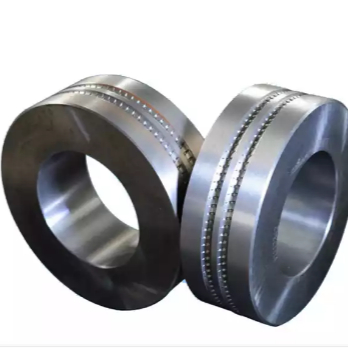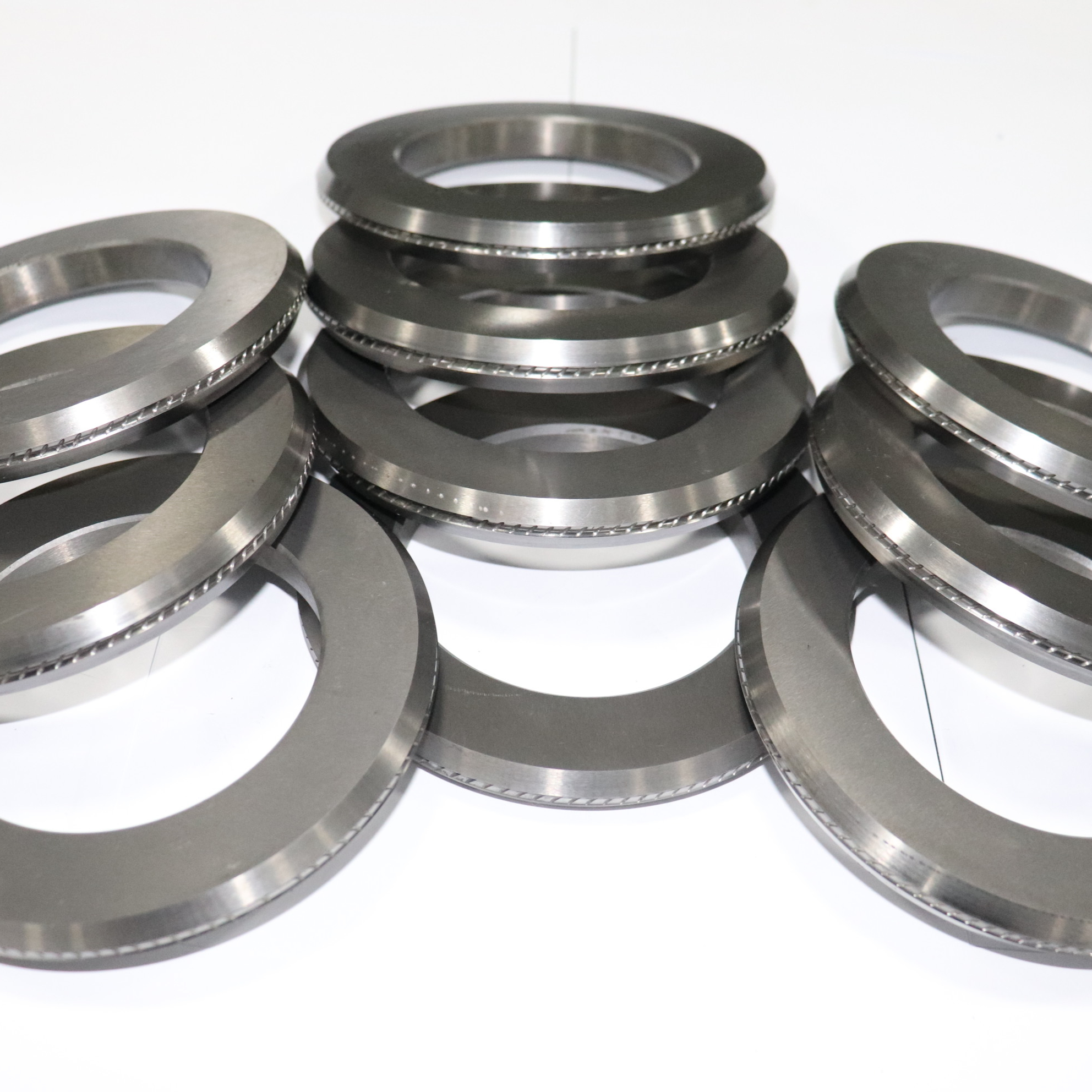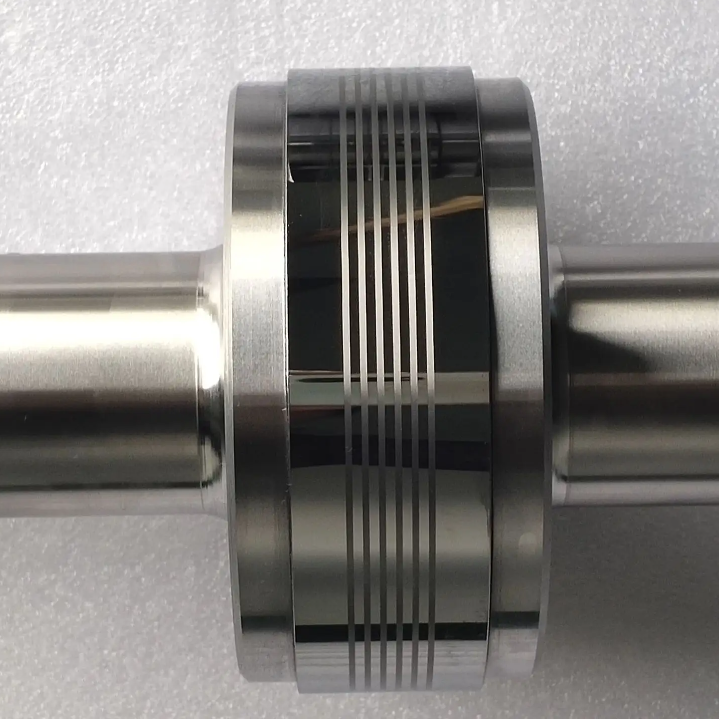Roll variety and manufacturing process with the progress of metallurgical technology and the evolution of steel rolling equipment and continuous development. In the middle of the 18th century, Britain mastered the production technology of chilled cast iron rolls for rolling steel plates, and in the second half of the 19th century, the progress of European steel-making technology required the rolling of larger tonnage of ingots, and the strength of either gray cast iron or chilled cast iron rolls could not meet the requirements. The carbon content of 0.4% to 0.6% ordinary cast steel rolls were born accordingly. The emergence of heavy forging equipment to further improve the toughness of forged rolls of this composition. the use of alloying elements and the introduction of heat treatment in the early 20th century significantly improved the wear resistance and toughness of cast and forged steel hot rolls and cold rolls. The addition of molybdenum to cast iron rolls for hot rolled sheet and strip improved the surface quality of the rolled material. The composite pouring by the flushing method significantly improves the core strength of cast rolls.

Roll in a large number of alloying elements is after the Second World War, which is the result of rolling equipment towards large-scale, continuous, high-speed, automated development, as well as rolling material strength, deformation resistance to increase the roll performance requirements. During this period, semi-steel rolls and ductile iron rolls appeared, and powder tungsten carbide rolls were successfully developed after the 1960s. centrifugal casting technology and differential temperature heat treatment technology of rolls were widely promoted in Japan and Europe in the early 1970s, which significantly improved the overall performance of strip rolls. Composite high-chromium cast iron rolls were also successfully used in hot strip mills. In the same period, forged white iron and semi-steel rolls were used in Japan. 80s Europe and the introduction of high chromium steel rolls and ultra-deep hardened layer of cold rolls and special alloy cast iron rolls for small sections and wire rod finishing. The development of contemporary steel rolling technology has led to the development of higher performance rolls. The use of centrifugal casting and new composite methods such as continuous casting composite method (CPC method), jet deposition method (Osprey method), electroslag welding method and hot isostatic pressing method to produce the core of good toughness of forged steel or ductile iron, the outer layer of high-speed steel series of composite rolls and metal ceramic rolls have been used in Europe, Japan, a new generation of profiles, wire rod, strip mills.

China started to produce casting rolls in batches from the 1930s, but there were very few varieties. the first professional tungsten carbide roll plant was established in Xingtai, Hebei in the late 1950s. in 1958, Anshan Iron and Steel Company made the first international trial and used large ductile iron rolls for 1050 primary rolling. in the 1960s, cold rolls and large forged steel rolls were successfully manufactured. in the late 1970s, Taiyuan Iron and Steel Company and In the late 70′s, Taiyuan Iron and Steel Company and Beijing Iron and Steel Research Institute jointly produced centrifugal cast iron rolls for furnace coil rolling mill and hot continuous broadband steel rolling unit, and Xingtai Metallurgical Machinery Roll Co. and other new varieties. By the 1990s, China’s roll production has basically met the domestic needs and partly exported, but the variety has to be increased and the quality has to be improved.

Post time: May-23-2023









